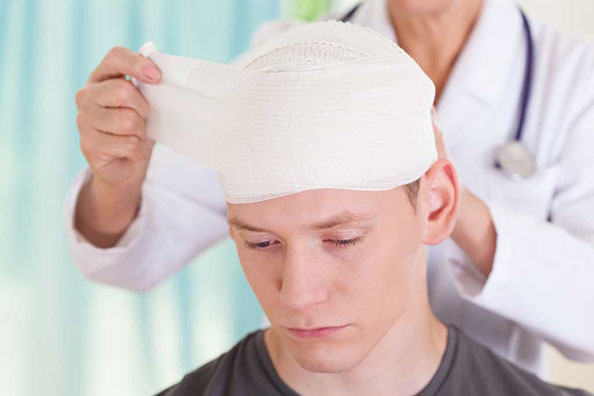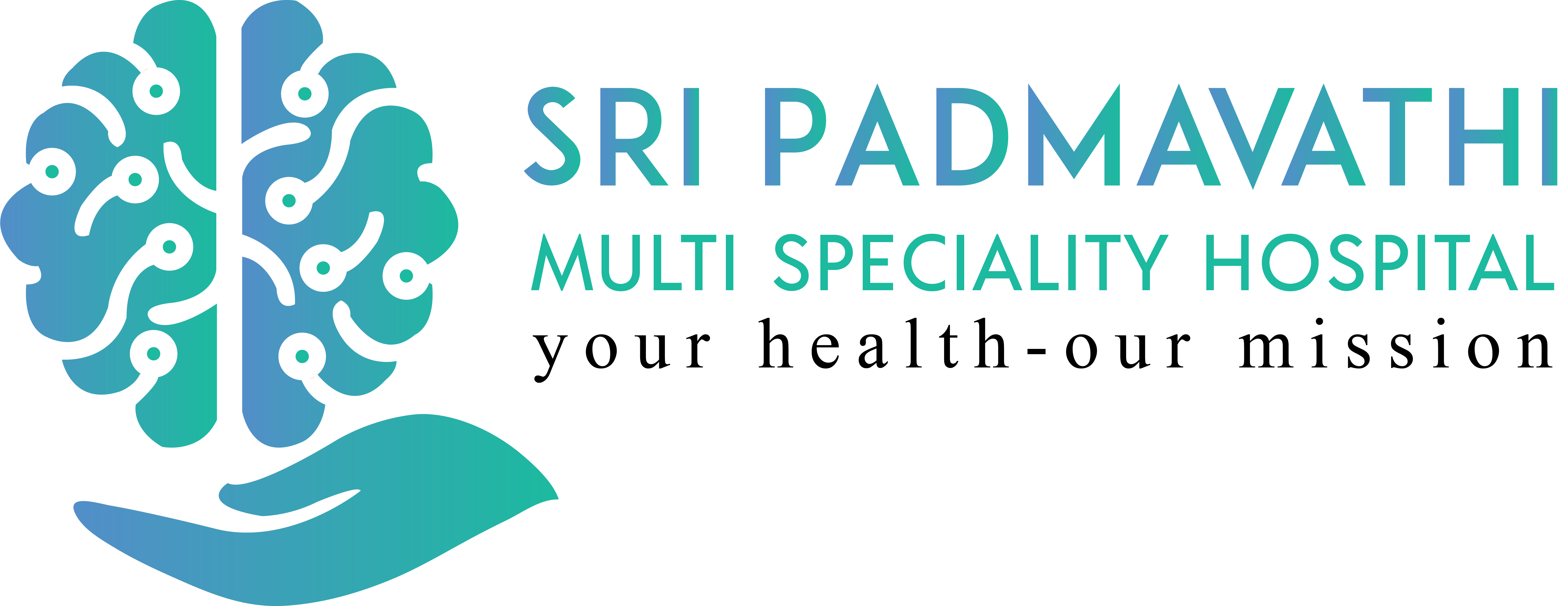Head Trauma
Traumatic head injuries are a major cause of death and disability but it might be best to refer to the damage done as traumatic brain injury.
The purpose of the head, including the skull and face, is to protect the brain against injury. In addition to the bony protection, the brain is covered in tough fibrous layers called meninges and bathed in a fluid that may provide a little shock absorption.
When an injury occurs, loss of brain function can occur even without visible damage to the head. Force applied to the head may cause the brain to be directly injured or shaken, bouncing against the inner wall of the skull. The trauma can potentially cause bleeding in the spaces surrounding the brain, bruise the brain tissue, or damage the nerve connections within the brain.
Caring for the victim with a head injury begins with making certain that the ABCs of resuscitation are addressed (airway, breathing, circulation). Many individuals with head injuries are multiple trauma victims and the care of their brain may take place at the same time other injuries are stabilized and treated.

Causes
Adults suffer head injuries most frequently due to falls, motor vehicle crashes, colliding or being struck by an object, and assaults. Falls and being struck are the most common causes of head injury in children.
Symptoms
It is important to remember that a head injury can have different symptoms and signs, ranging from a patient experiencing no initial symptoms to coma.
A high index of suspicion that a head injury may exist is important, depending upon the mechanism of injury and the initial symptoms displayed by the patient. Being unconscious, even for a short period of time is not normal. Prolonged confusion, seizures, and multiple episodes of vomiting should be signs that prompt medical attention is needed.
In some situations, concussion-type symptoms can be missed. Patients may experience difficulty concentrating, increased mood swings,lethargy or aggression,and altered sleep habits among other symptoms.Medical evaluation is always wise even well after the injury has occurred.
Diagnosis
The physical examination and the history of the exact details of the injury are the first steps in caring for a patient with head injury. The patient’s past medical history and medication usage will also be important factors in deciding the next steps. Plain skull X-rays are rarely done for the evaluation of the head injury. It is more important to assess brain function than to look at the bones that surround the brain. Plain X-ray films may be considered in infants to look for a fracture, depending upon the clinical situation.
Computerized tomography (CT) scan of the head allows the brain to be imaged and examined for bleeding and swelling in the brain. It can also evaluate bony injuries to the skull and look for bleeding in the sinuses of the face associated with basilar skull fractures. CT does not assess brain function, and patients suffering from axonal shear injury may be comatose with a normal CT scan of the head.
Treatment
Once the severity and nature of your head injury have been diagnosed, you will be given appropriate treatment. A severe head injury must always be treated in the hospital to minimize the risk of complications.
Under Preservation
If you need to stay in the hospital for observation, Our doctors and nurses treating you will check: Your Glasgow Coma Scale (GCS) score (a scale of 3 to 15 that assesses the extent of damage to your brain)the size of your pupils (the black circles in the middle of each eye) and how well they react to light
- How well you can move your arms and legs
- Your breathing
- Your heart rate
- Your blood pressure
- Your temperature
- The level of oxygen in your blood



